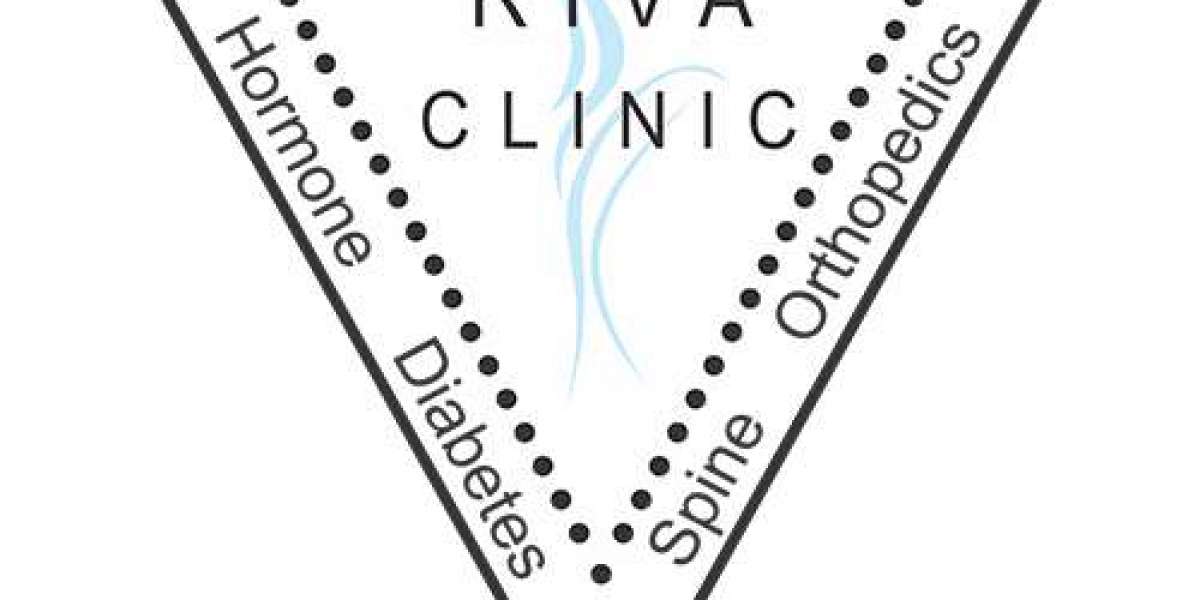Sciatica is a common condition characterized by pain that radiates along the path of the sciatic nerve, which extends from the lower back through the hips and buttocks and down each leg. It usually results from compression or irritation of the sciatic nerve, often due to herniated discs, spinal stenosis, or other spinal issues. Managing sciatica effectively requires a multifaceted approach, combining various treatment services to address both the symptoms and underlying causes. This article explores the range of Sciatica Pain Treatment Services available to help alleviate discomfort and improve quality of life.
Diagnostic Services
Accurate diagnosis is crucial for effective treatment of sciatica. Diagnostic services typically include:
Medical Evaluation: A thorough examination by a healthcare provider, such as a neurologist, orthopedic specialist, or physical therapist, to assess symptoms, medical history, and physical function.
Imaging Studies: To identify the source of nerve compression or irritation:
- MRI (Magnetic Resonance Imaging): Provides detailed images of soft tissues, including discs, nerves, and spinal cord.
- CT (Computed Tomography) Scans: Offers cross-sectional images to identify bone spurs, herniated discs, or other abnormalities.
- X-rays: Used to assess bone structures and detect any alignment issues or degenerative changes.
Electromyography (EMG): Measures the electrical activity of muscles and nerves to assess nerve function and detect any damage.
Treatment Services
Effective treatment for sciatica often involves a combination of conservative and more advanced approaches:
1. Conservative Treatments
Medications: Pain relievers, anti-inflammatory drugs, and muscle relaxants help manage pain and reduce inflammation. Over-the-counter options like ibuprofen or prescription medications may be used based on the severity of symptoms.
Physical Therapy: A physical therapist designs a personalized exercise program to strengthen the muscles supporting the spine, improve flexibility, and reduce pressure on the sciatic nerve. Techniques may include:
- Stretching Exercises: To relieve tension in the lower back and legs.
- Strengthening Exercises: To build core and lower back muscles to support the spine.
- Posture Correction: Teaching proper body mechanics to avoid aggravating the sciatic nerve.
Chiropractic Care: Chiropractors use manual adjustments to realign the spine and relieve pressure on the sciatic nerve. Techniques may include spinal manipulation and other manual therapies.
Acupuncture: Involves inserting thin needles into specific points on the body to relieve pain and promote healing. It is often used as a complementary treatment for sciatica.
Massage Therapy: Therapeutic massage can help relax tense muscles, improve circulation, and reduce pain in the affected area.
Heat and Cold Therapy: Applying heat or cold packs to the affected area can provide temporary relief from pain and inflammation.
2. Advanced and Interventional Treatments
When conservative treatments are insufficient, advanced options may be considered:
Epidural Steroid Injections: An injection of corticosteroids into the epidural space around the spinal cord can reduce inflammation and alleviate pain. This is often used to provide temporary relief and allow for physical therapy and other treatments.
Nerve Blocks: Involves injecting a local anesthetic or steroid around the affected nerve to block pain signals and reduce inflammation.
Radiofrequency Ablation (RFA): A procedure that uses radiofrequency waves to heat and destroy nerve fibers causing pain. This can provide long-term relief for some patients.
Spinal Decompression Therapy: Non-surgical spinal decompression involves using a traction table to relieve pressure on the discs and nerves. This method aims to improve spinal alignment and reduce nerve compression.
3. Surgical Treatments
Surgery is typically considered when conservative and interventional treatments fail to provide relief or when there is significant nerve compression:
Discectomy: Removal of a herniated or bulging disc that is pressing on the sciatic nerve.
Laminectomy: Removal of part of the vertebra (the lamina) to relieve pressure on the spinal cord or nerves.
Microdiscectomy: A minimally invasive technique to remove part of a herniated disc, often performed with the aid of a microscope.
Spinal Fusion: Joining two or more vertebrae to stabilize the spine and alleviate pressure on the nerves.
Support Services
In addition to medical treatments, support services can enhance the overall management of sciatica:
Pain Management Clinics: Specialized clinics that offer comprehensive pain management strategies, including medication management, physical therapy, and interventional procedures.
Counseling and Support Groups: Providing emotional support and coping strategies for dealing with chronic pain and its impact on daily life.
Educational Resources: Access to information and resources on managing sciatica, including self-care techniques, ergonomic advice, and lifestyle modifications.
Conclusion
Sciatica pain treatment involves a multidisciplinary approach tailored to each individual’s needs. From initial diagnosis and conservative management to advanced interventions and surgical options, a range of services is available to address both the symptoms and underlying causes of sciatica. By working closely with healthcare providers and utilizing a combination of treatments, patients can effectively manage their condition, improve their quality of life, and achieve long-term relief from sciatica. If you or a loved one is struggling with sciatica, consulting with a spine specialist or pain management expert can help develop a personalized treatment plan and explore the most appropriate options for relief.








